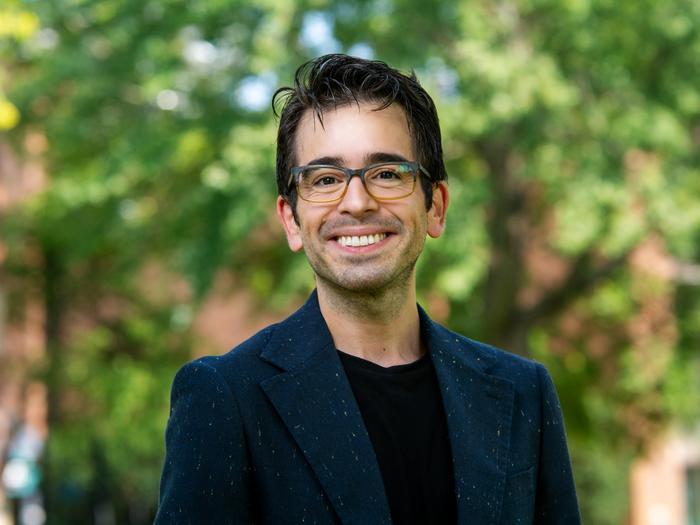Scientific research depends on collaboration between researchers and institutions. But over the past decade, there has been a surge of large-scale research projects involving extraordinarily large numbers of researchers, from dozens to hundreds, all working on a common project. Examples of this trend include ManyBabies, centred on infant cognition and development, and ManyManys, focused on comparative cognition and behaviour across animal taxa. These kinds of projects, known as big team science (BTS), benefit from pooled human and material resources and draw on diverse data sets to gird studies with a robustness not found in smaller ones.

Credit: Concordia University
Scientific research depends on collaboration between researchers and institutions. But over the past decade, there has been a surge of large-scale research projects involving extraordinarily large numbers of researchers, from dozens to hundreds, all working on a common project. Examples of this trend include ManyBabies, centred on infant cognition and development, and ManyManys, focused on comparative cognition and behaviour across animal taxa. These kinds of projects, known as big team science (BTS), benefit from pooled human and material resources and draw on diverse data sets to gird studies with a robustness not found in smaller ones.
However, as exciting as these projects can be, they can also be monsters to manage. Communication, team building, governance, authorship and credit are just some of the issues BTS team leaders must negotiate, along with the logistical difficulties involved in working across languages, cultures and time zones.
Fortunately, a group of BTS veterans, including two Concordia researchers, has published a how-to guide to help their fellow academics build their own projects. The article, published in the Royal Society Open Science journal, is based on expertise gained over multiple BTS projects, and it provides a road map for best practices and overcoming challenges.
“BTS is a new way of conducting research where many researchers come together to answer a common question that is crucial to their field,” says Nicolás Alessandroni, a postdoctoral fellow at Concordia’s Infant Research Lab. Alessandroni works under the direction of Krista Byers-Heinlein, a professor of psychology and the Concordia University Research Chair in Bilingualism and Open Science. The two co-authored the article with researchers at Stanford University, the University of British Columbia and the University of Manitoba.
“This is important because research has traditionally been conducted in a siloed manner, where individual teams from one institution work with small, limited samples.”
Building up step by step
The authors acknowledge that no two projects are alike, and there is no one model to creating a BTS study. But success can be achieved by applying a common approach.
They suggest starting by identifying whether a research community believes the project is necessary. Consensus buy-in gets things rolling.
Once a project is a go, the authors outline how team leaders can work together to share data and collaborate on writing. The guide is designed to provide a path forward for researchers and to smooth over differences that are almost inevitable when the number of collaborators reaches three or even four digits. It touches on topics ranging from governance and codes of ethics to designated writing teams and authorship protocols.
“The beauty of big team science is that anyone can join, from undergraduates to faculty,” says Alessandroni. “There are all these different experiences that coalesce around BTS, and this provides an opportunity to integrate many perspectives into a project. You can have some people who are very seasoned researchers and others who are young students willing to collaborate and embrace this new way of doing science.”
Open to all
He admits that BTS projects are not easy to manage, but they do have clear strengths and benefits.
“Its very definition relates to important values in science: transparency, collaboration, accessibility, equity, diversity and inclusion — it touches on many important topics that have been disregarded in the practice of science traditionally. In many ways, it overlaps with the concept of open science, where data is shared openly and publications are available in open-access journals and repositories, making knowledge available without charging readers.”
Alessandroni notes that universities will have to adapt to accommodate changes in the way research is supported.
“Institutions worldwide can help foster BTS collaborations by devising new workflows, policies and incentive structures,” he says. “Naturally, this would involve important changes to the academic ecosystem, so there is much to discuss.”
Read the cited paper: “How to build up big team science: a practical guide to large-scale collaborations.”
Journal
Royal Society Open Science
DOI
10.1098/rsos.230235
Method of Research
Commentary/editorial
Subject of Research
People
Article Title
How to build up big team science: a practical guide for large-scale collaborations
Article Publication Date
7-Jun-2023
COI Statement
We declare we have no competing interests.




